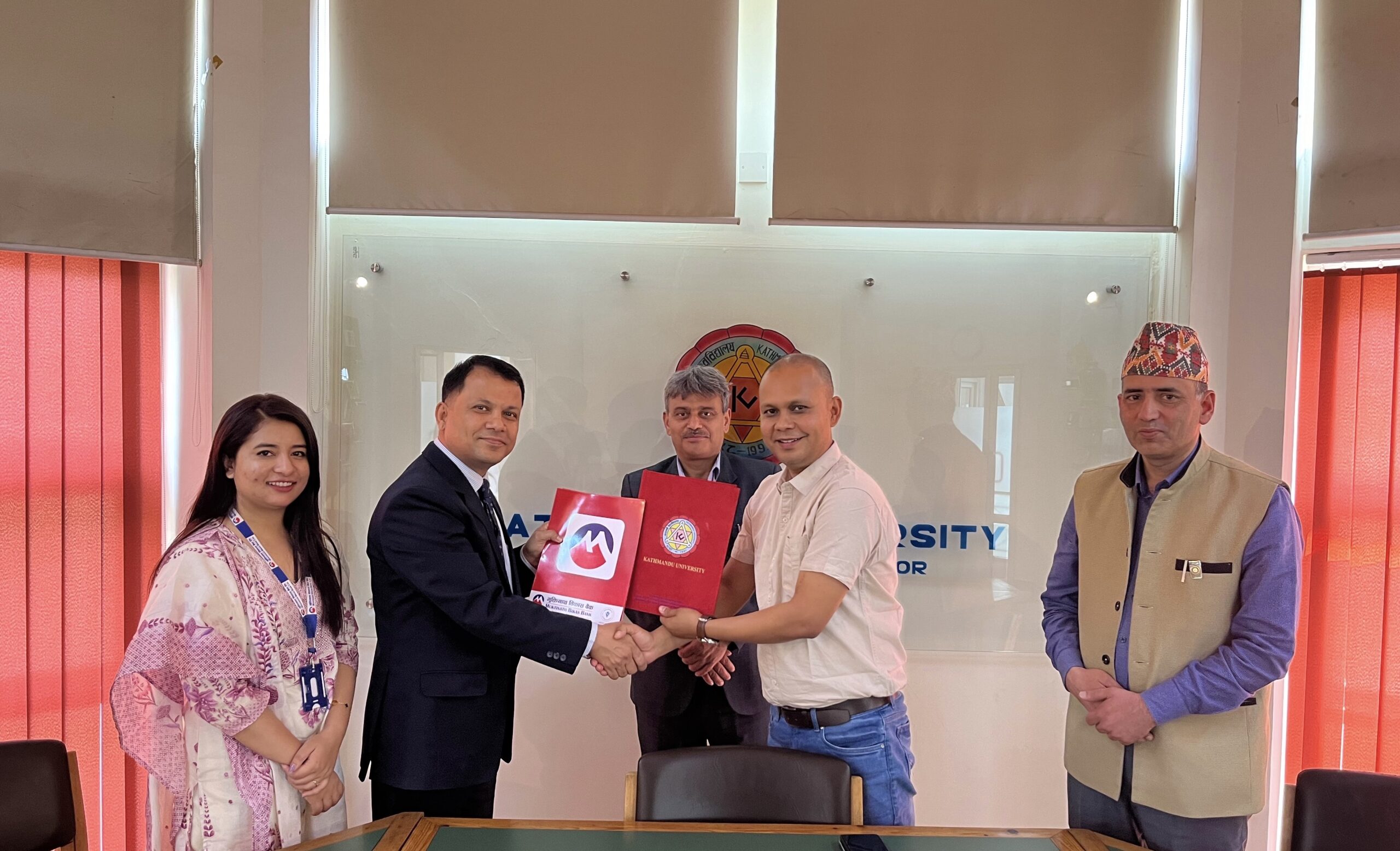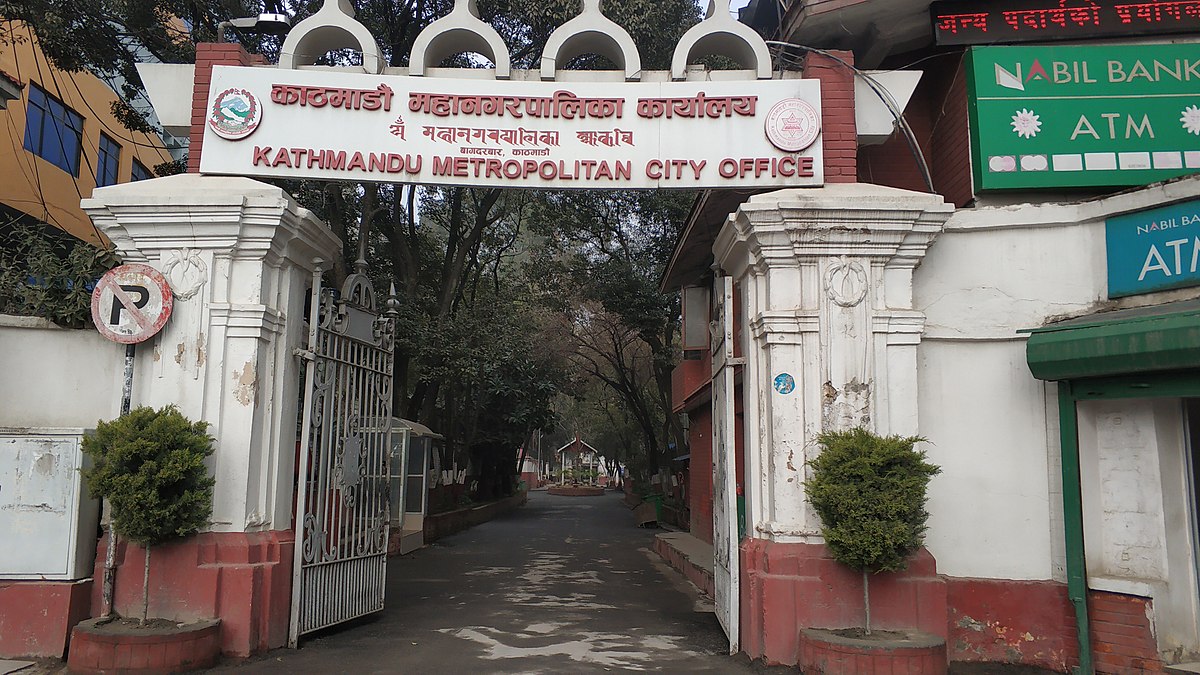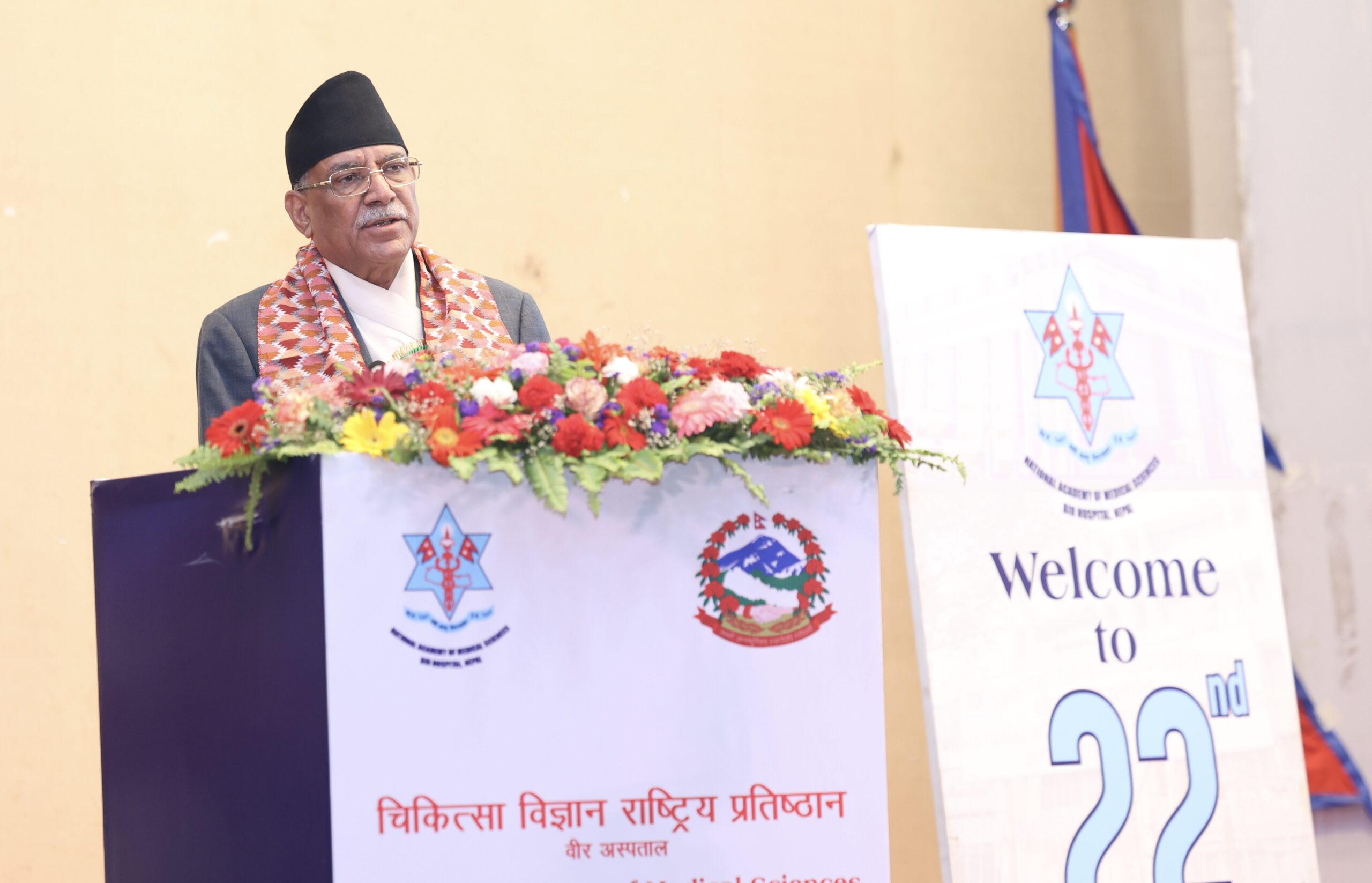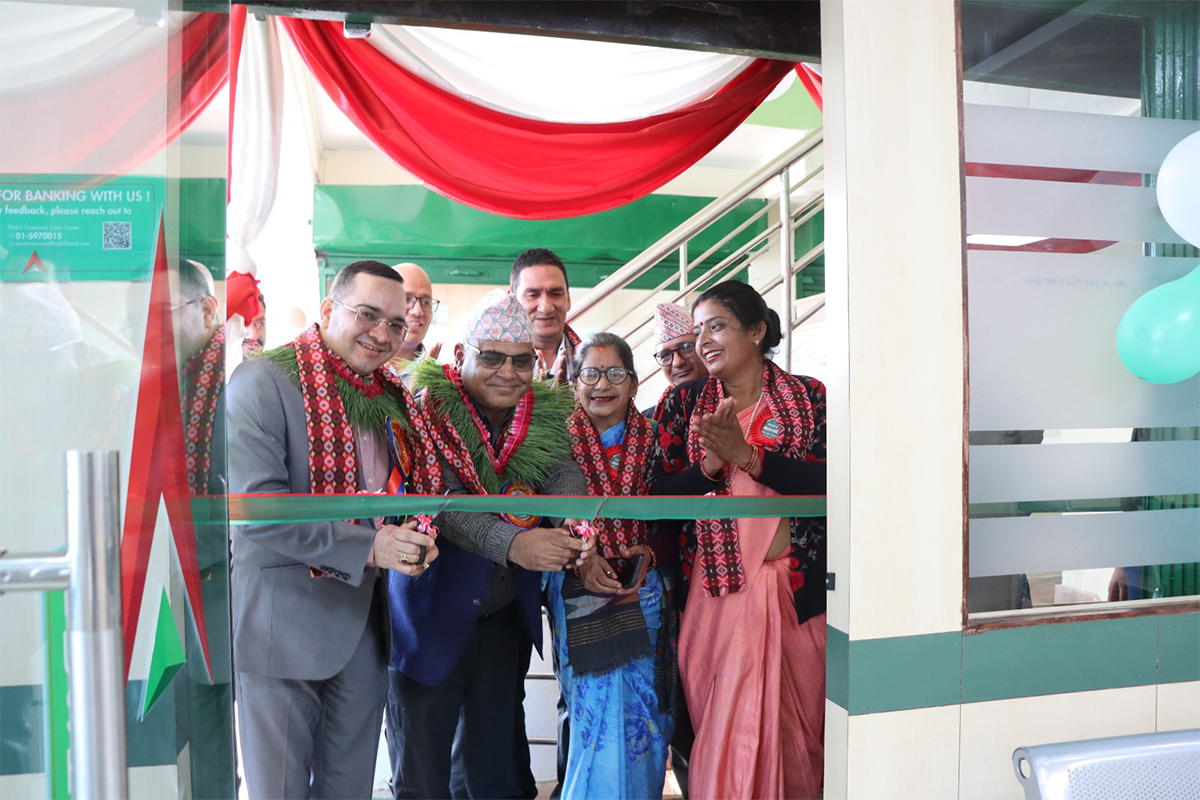Kapilvastu’s Jagdishpur Lake: A haven for birds (photos)
The reservoir established in Kapilvastu Municipality Ward Nos. 9 and 10 for that irrigation is today known throughout the country as Jagdishpur Lake.
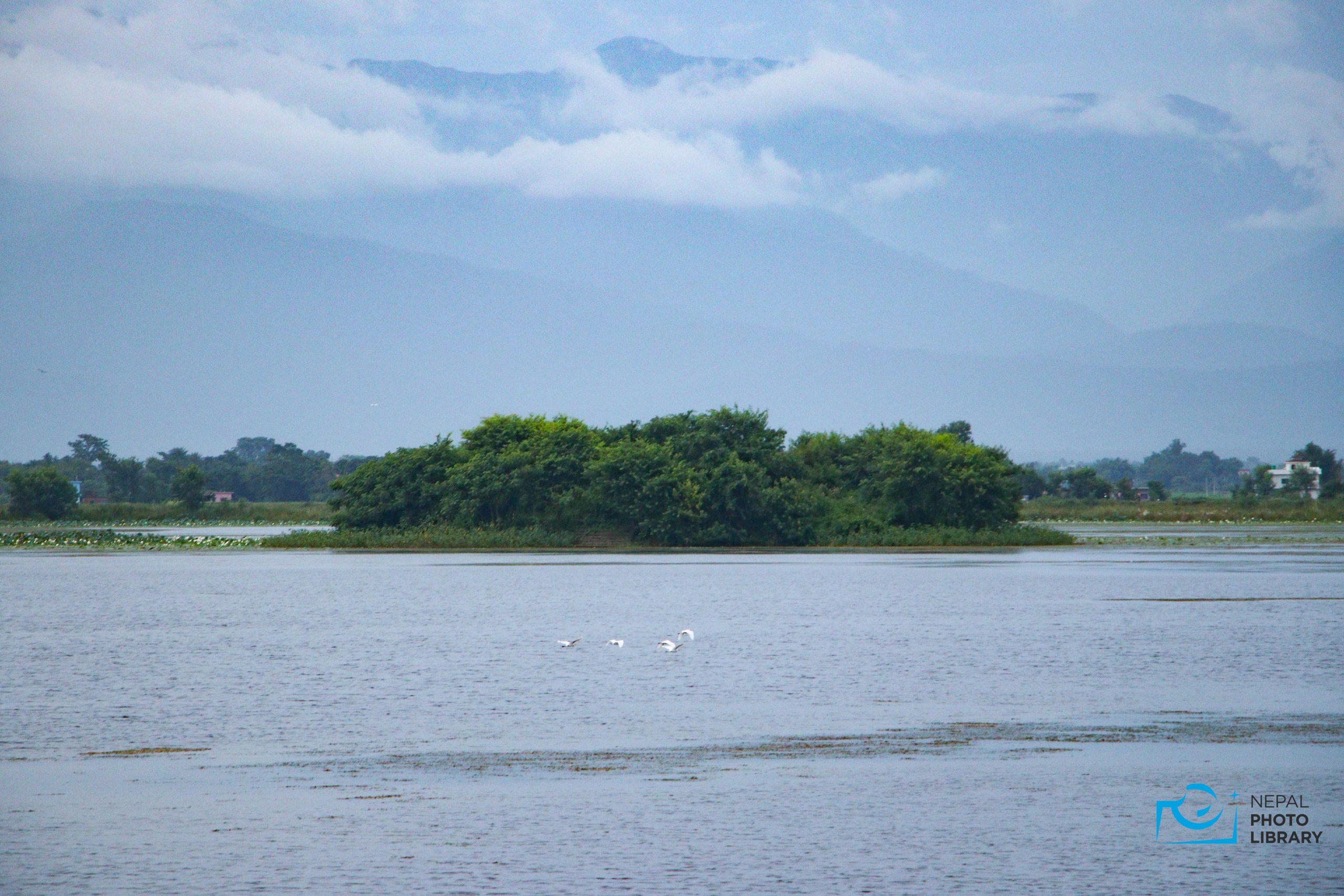
KAPILVASTU: Jagdishpur Lake is located in Kapilvastu Municipality-9 and 10, some 12 kilometers north of Taulihawa, the district capital of Kapilvastu.
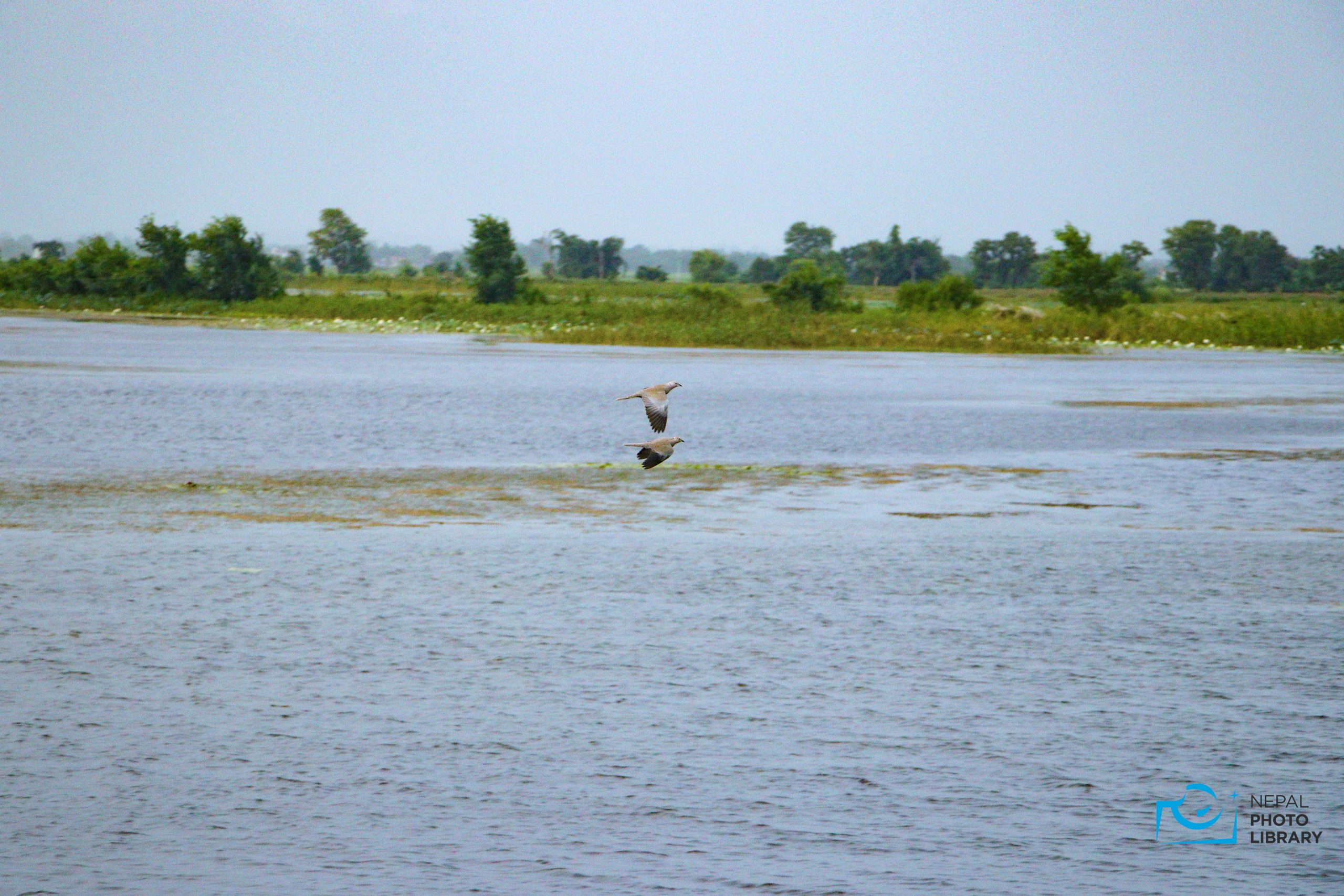
Until 45 years ago, Jagdishpur Lake in Kapilvastu, the habitat of visiting birds, was a village. As of the Tharu majority, the village was named Jagdishpur Tharu village. In the centre of the village, there was a tiny lake called Jagira. In this lake, villagers used to swim, herd buffaloes, and fish.
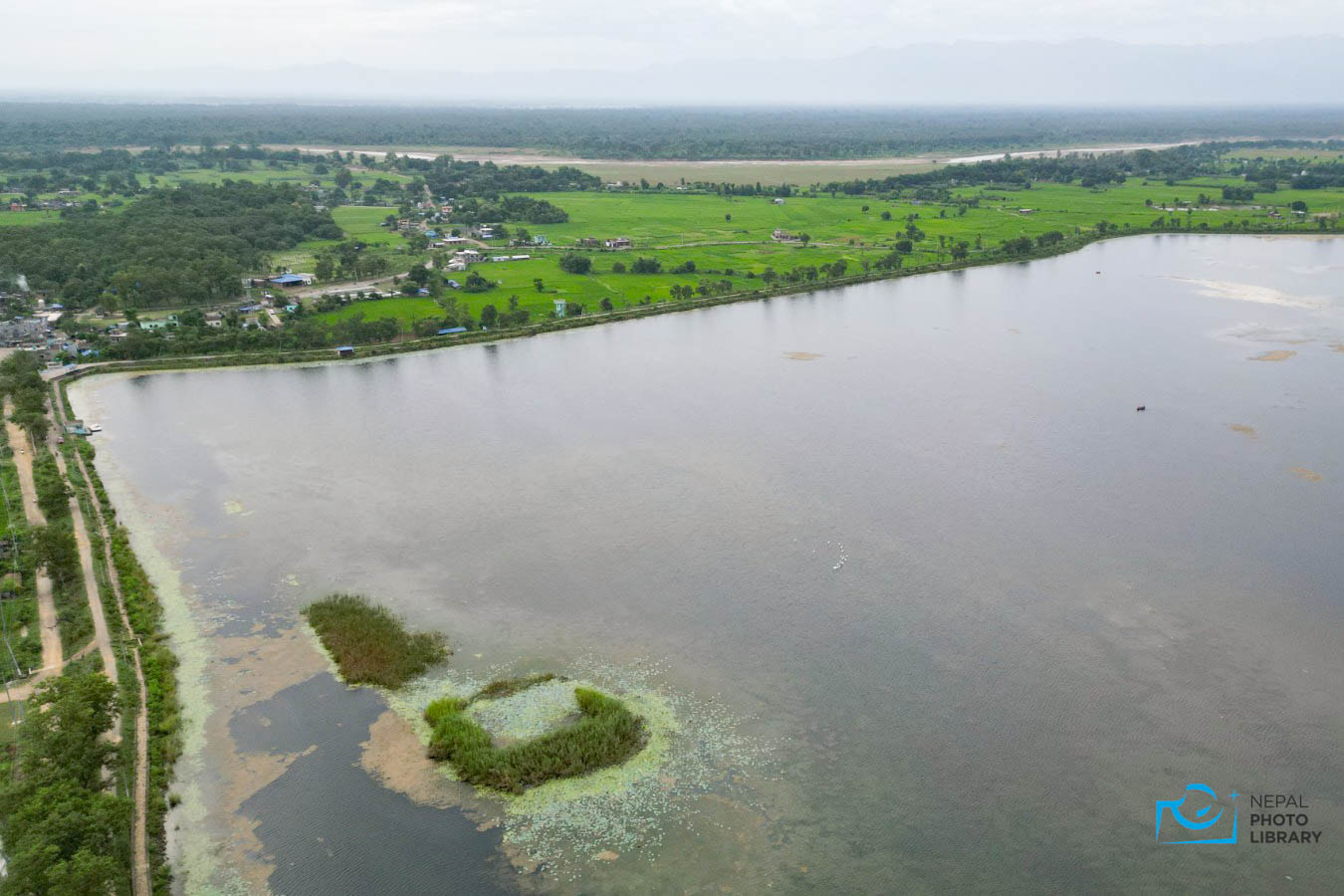
Although there was plenty of fertile land in the district’s south, there was no irrigation system. The crops in the northern section were irrigated by channels and canals fed by the Banganga and Koili rivers, but there was no such facility in the southern region.
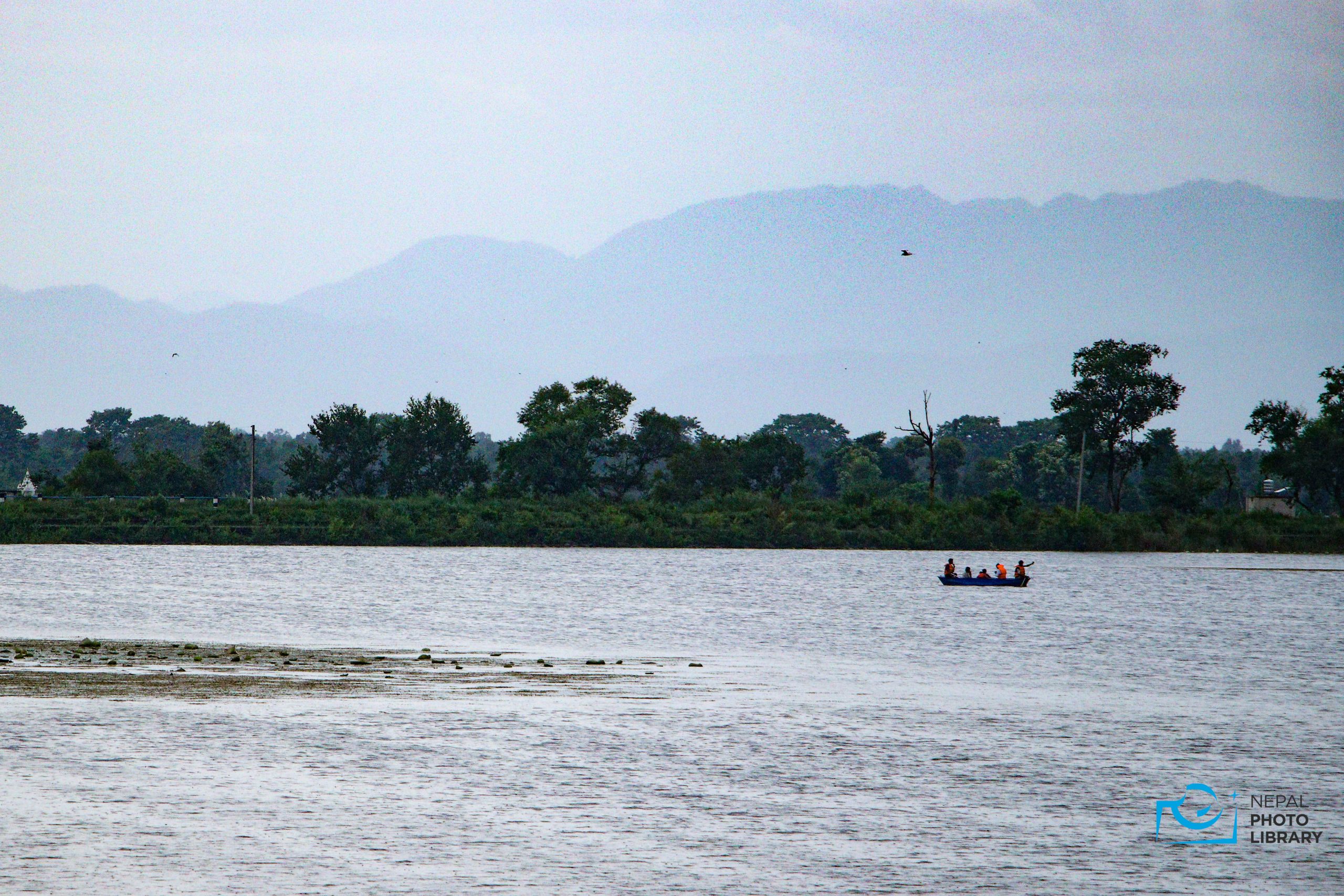
To solve the irrigation issue, the Wanganga Divisional Irrigation Office proposed in 2035 the construction of a reservoir in Jagdishpur by erecting a dam at Lakshmanaghat and irrigating hundreds of hectares of land from there.
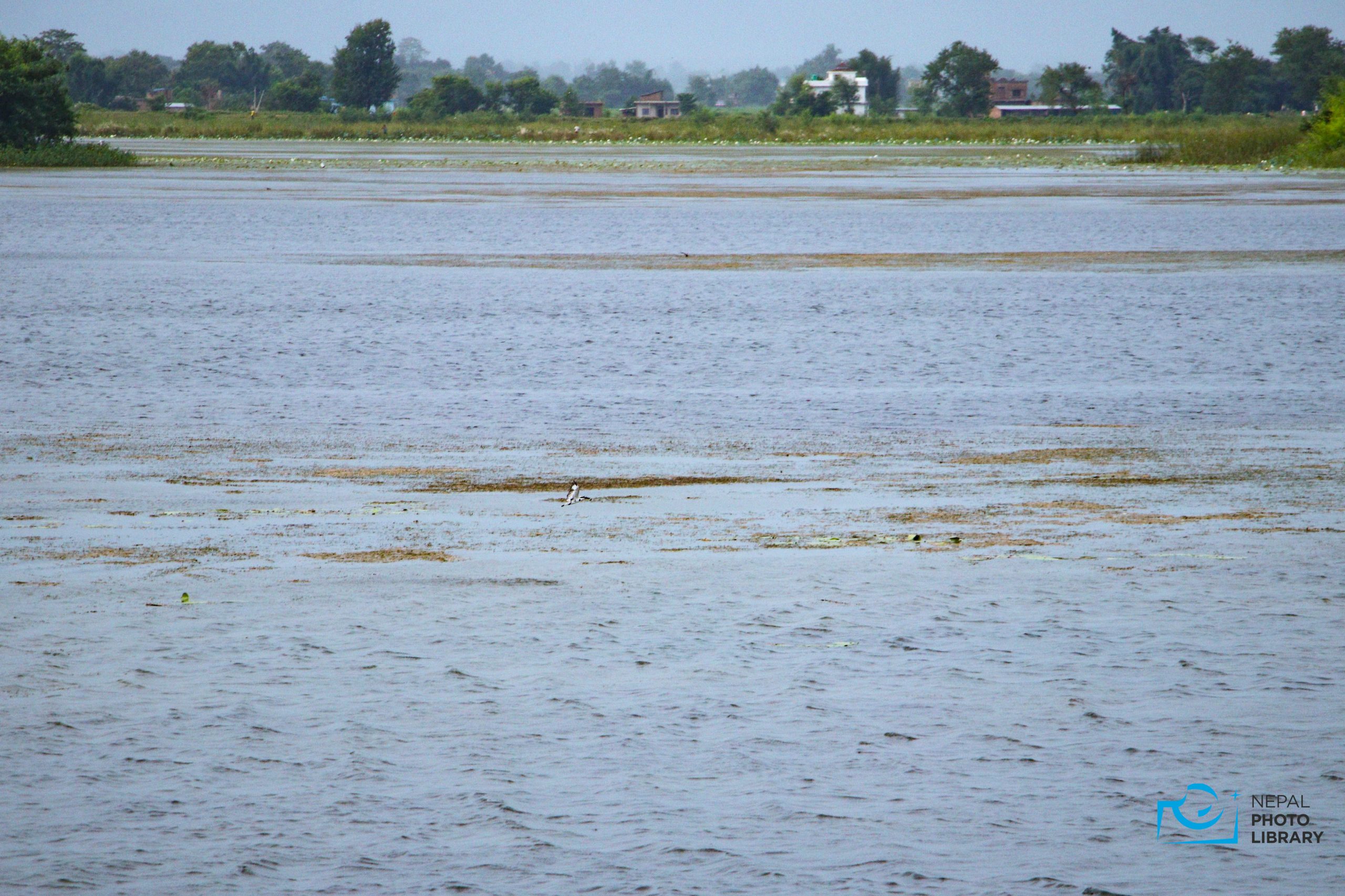
The reservoir established in Kapilvastu Municipality Ward Nos. 9 and 10 for that irrigation is today known throughout the country as Jagdishpur Lake, a bird sanctuary and popular tourist destination.
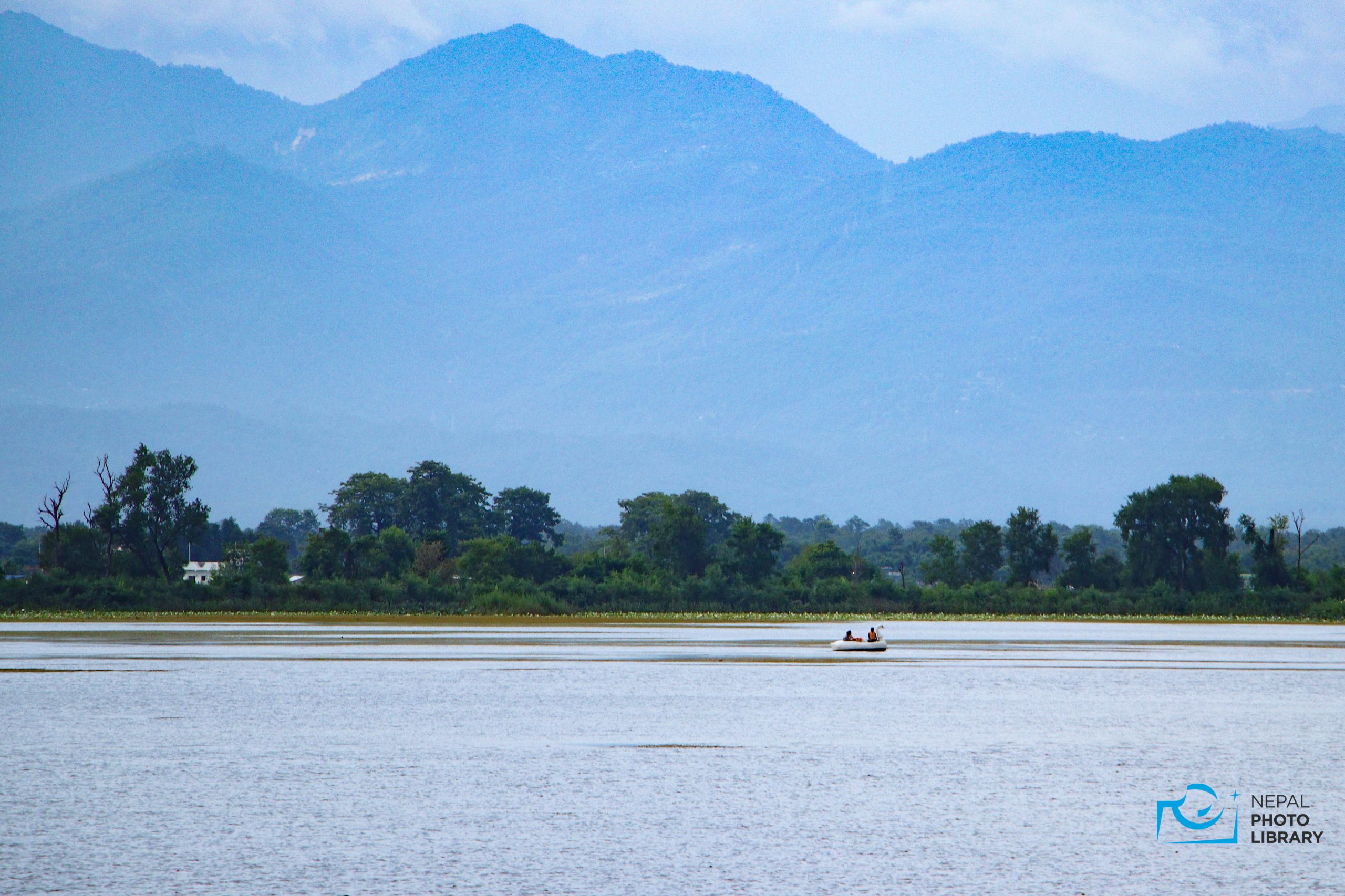
Spread over an area of about 215 hectares, 157 hectares of the lake is covered by water. This lake is Nepal’s largest man-made biodiversity lake. This lake is 3 meters deep and has a capacity of 4,750,000 cubic meters. This lake, which was added to the Ramsar list in 2003, is an important part of the Kapilvastu district’s heritage.
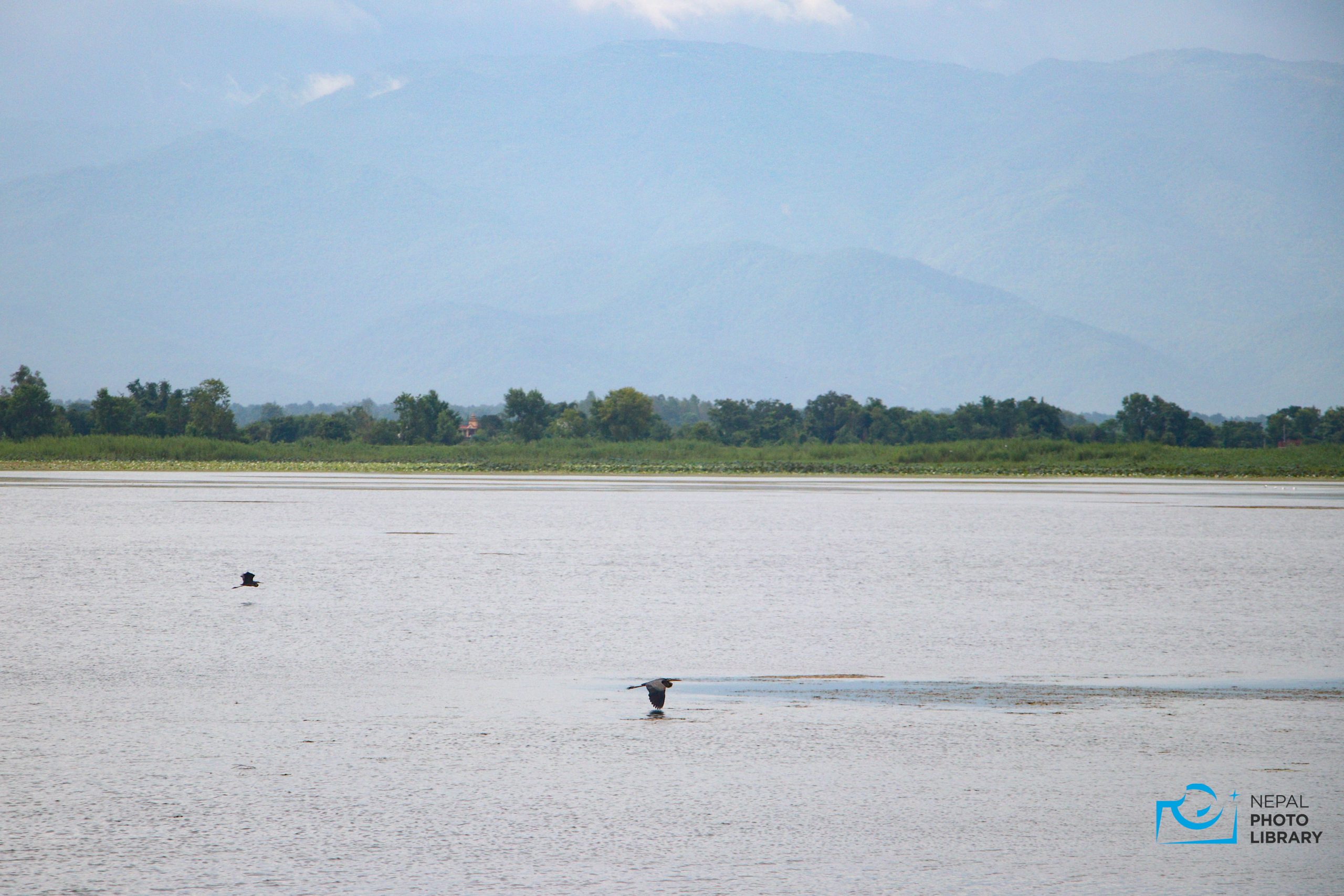
There are 46 species of fish, 42 species of reptiles, 10 species of amphibians, and mammals in this lake. There are also 7 species that migrate in the summer, 64 species that move in the winter, and other wild creatures. Exotic Siberian birds visit this lake in large numbers depending on the season.
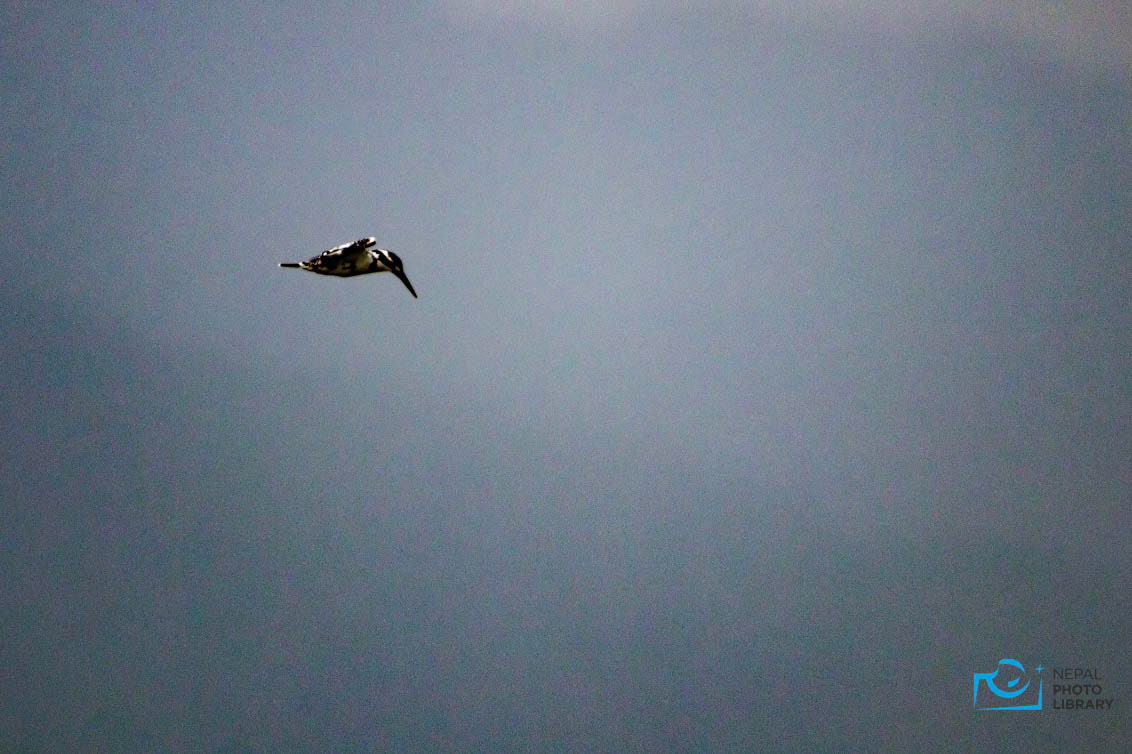
Such visiting birds return to their own country after coming to spend the winter and summer seasons. Local and foreign tourists visit this lake, which is home to several aquatic and terrestrial animal species.
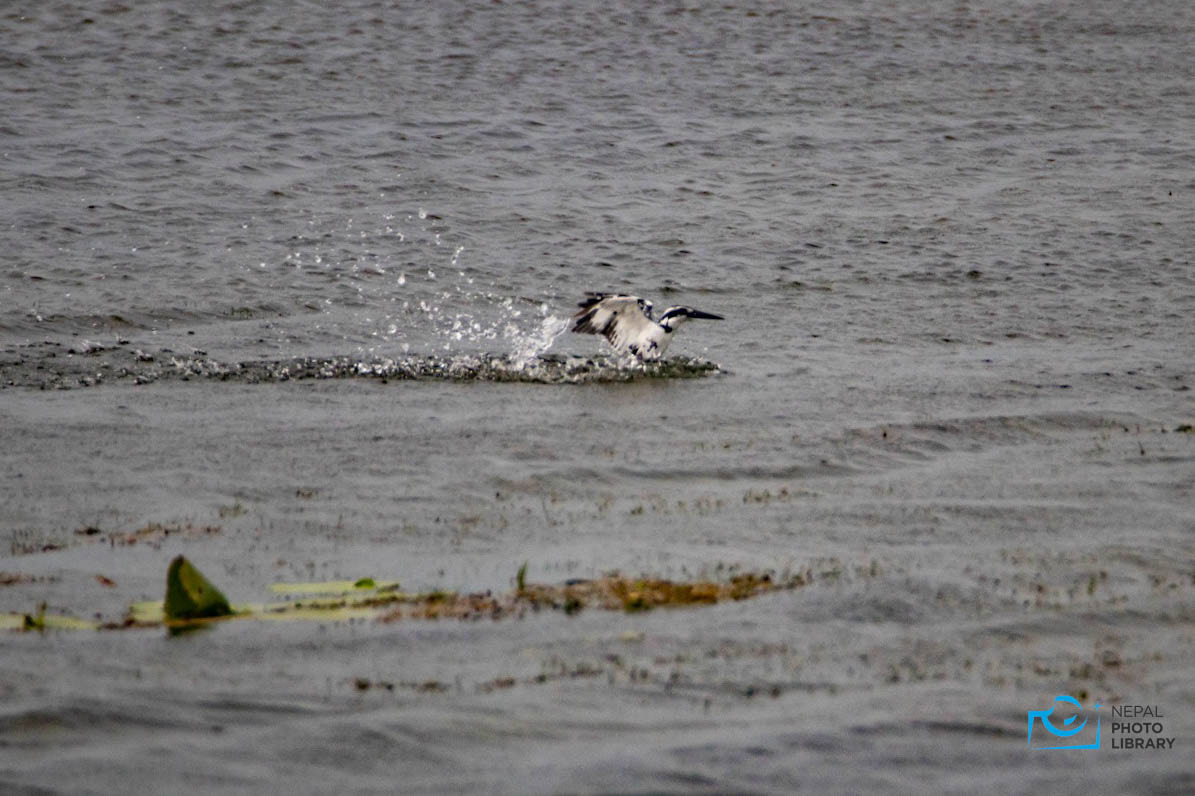
Birds migrate here from Central Asian countries such as Siberia, Russia, China, Mongolia, Turkmenistan, and Kyrgyzstan.
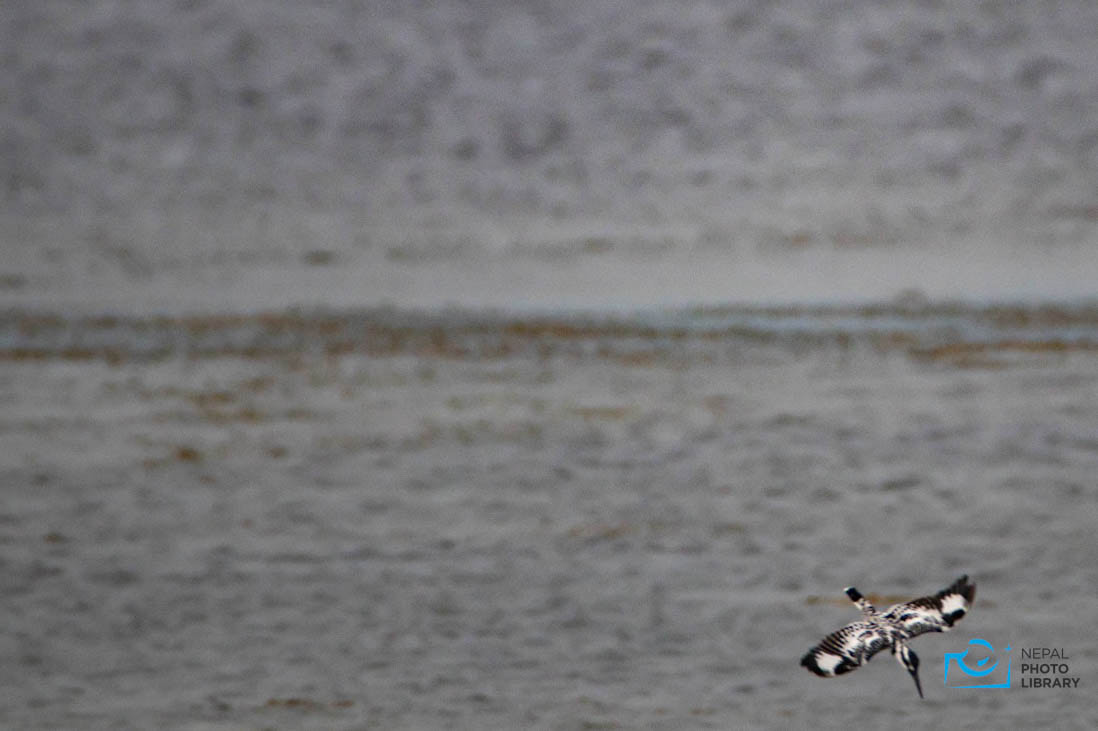
The birds are supposed to arrive to avoid the winter because it is colder in those areas. In August 2003, the lake was designated a Ramsar site.
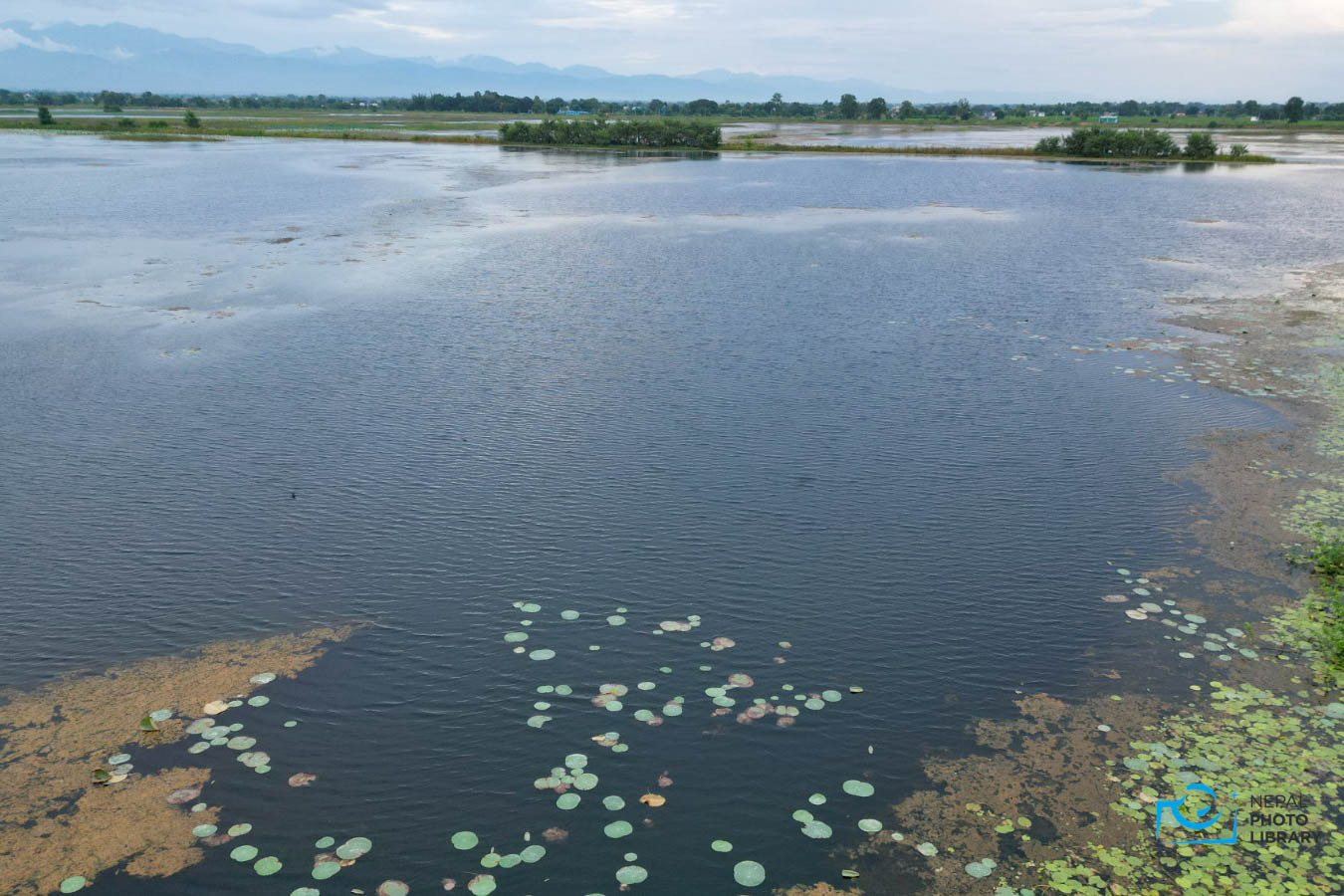
According to the Bird Conservation Association, more than 118 species of birds can be found in the country’s artificially produced Jagdishpur lake. The second largest lake in Asia has a lot of tourism potential.
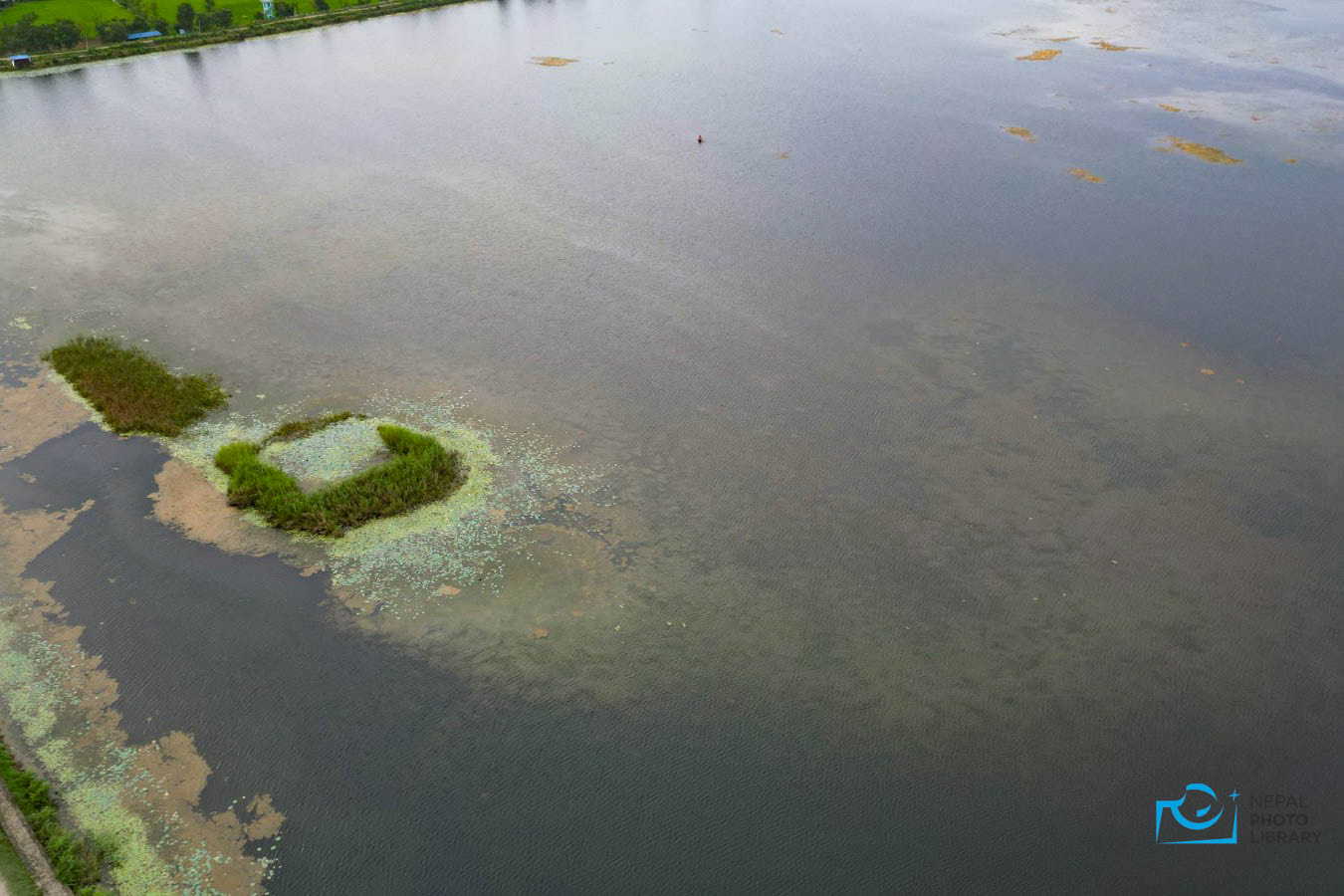
This reservoir in the form of Kapilvastu has not become famous due to lack of proper protection and enrichment.
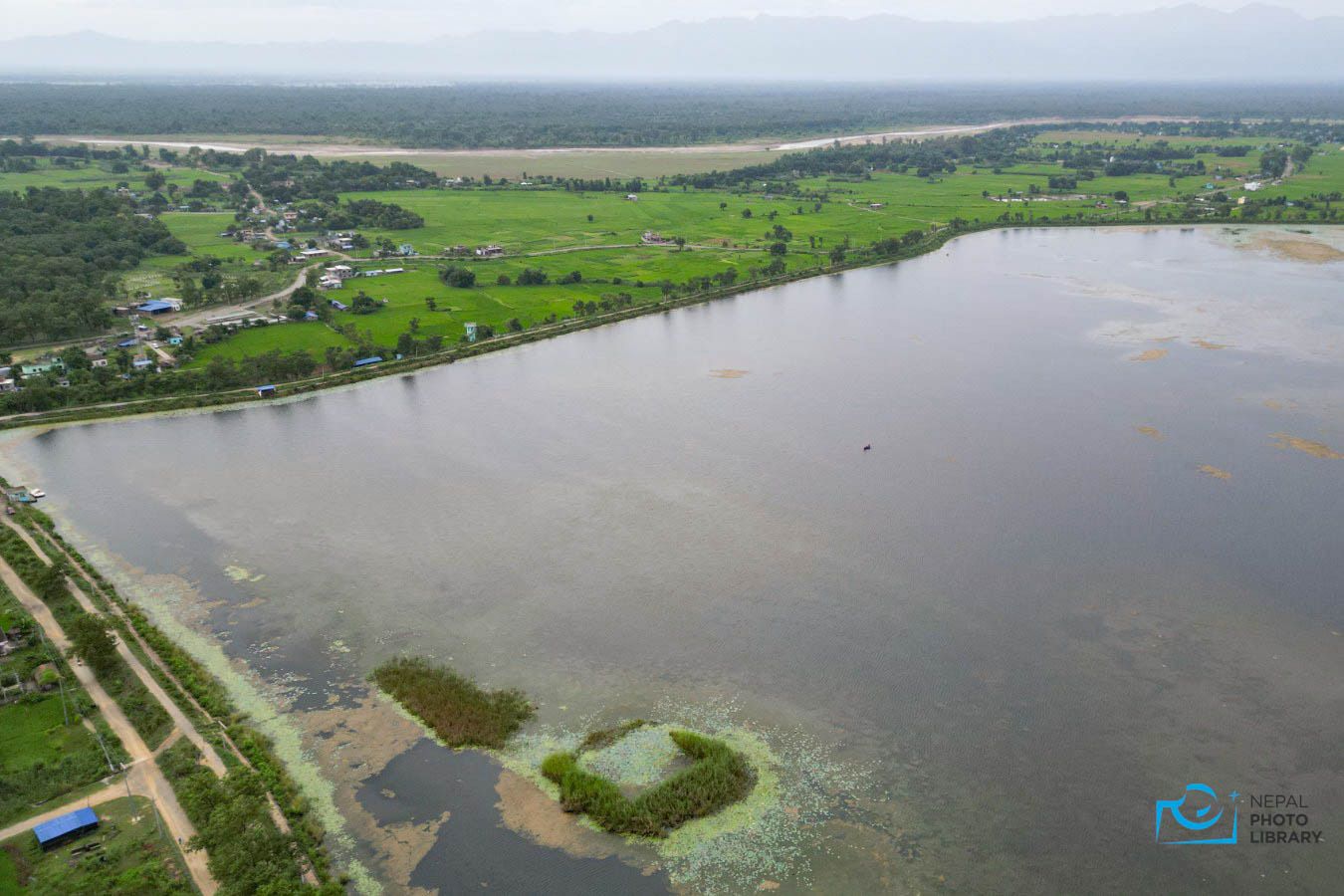
There are also Tharu homestays nearby, keeping in mind the tourists who come to see the birds in the tourist area and Jagdishpur Lake. Boats have been operating in the lake for the past five to six years to attract tourists.
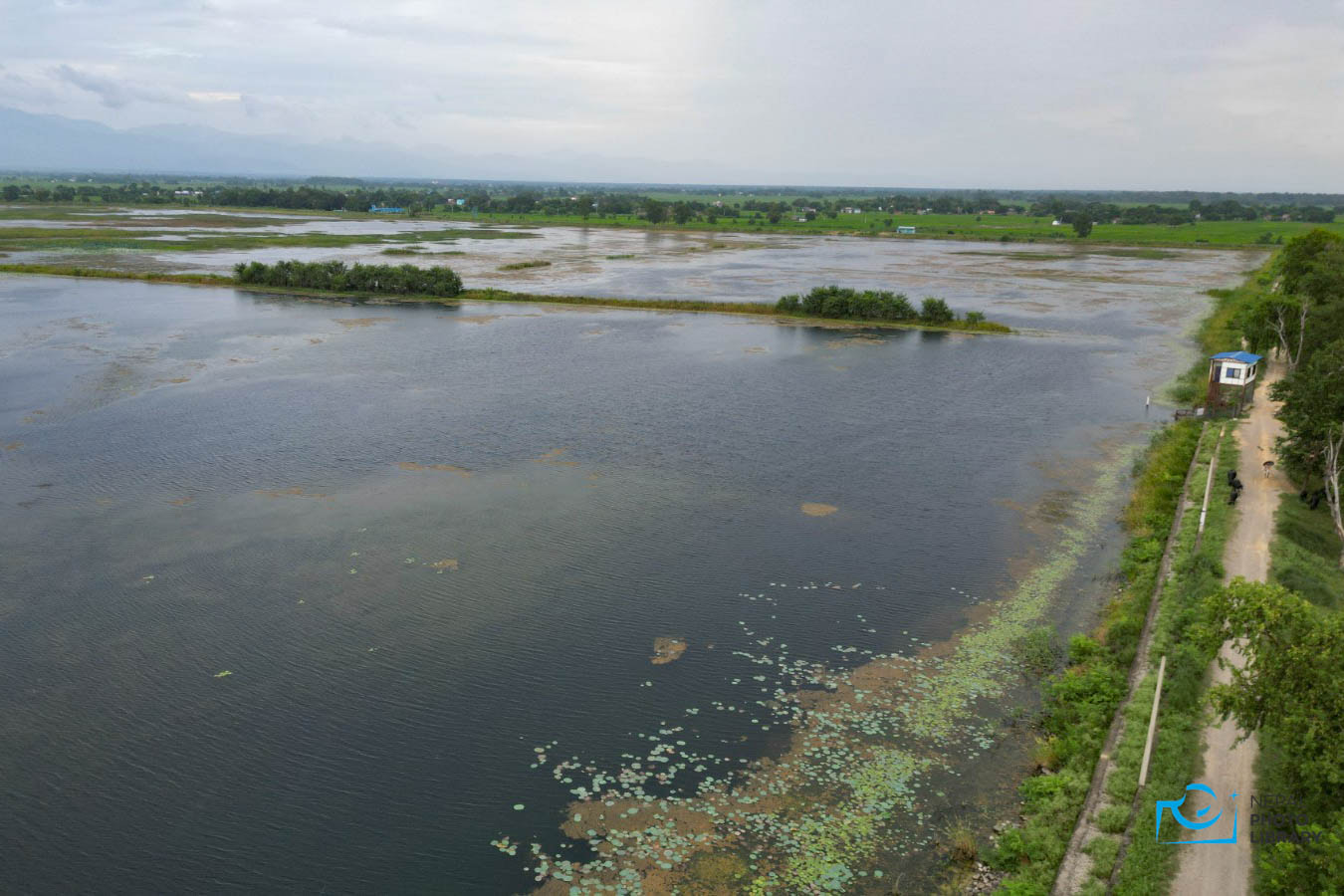
As the birds make their habitats in swamps and bushes due to low water levels, the entry of people is prohibited in such areas.
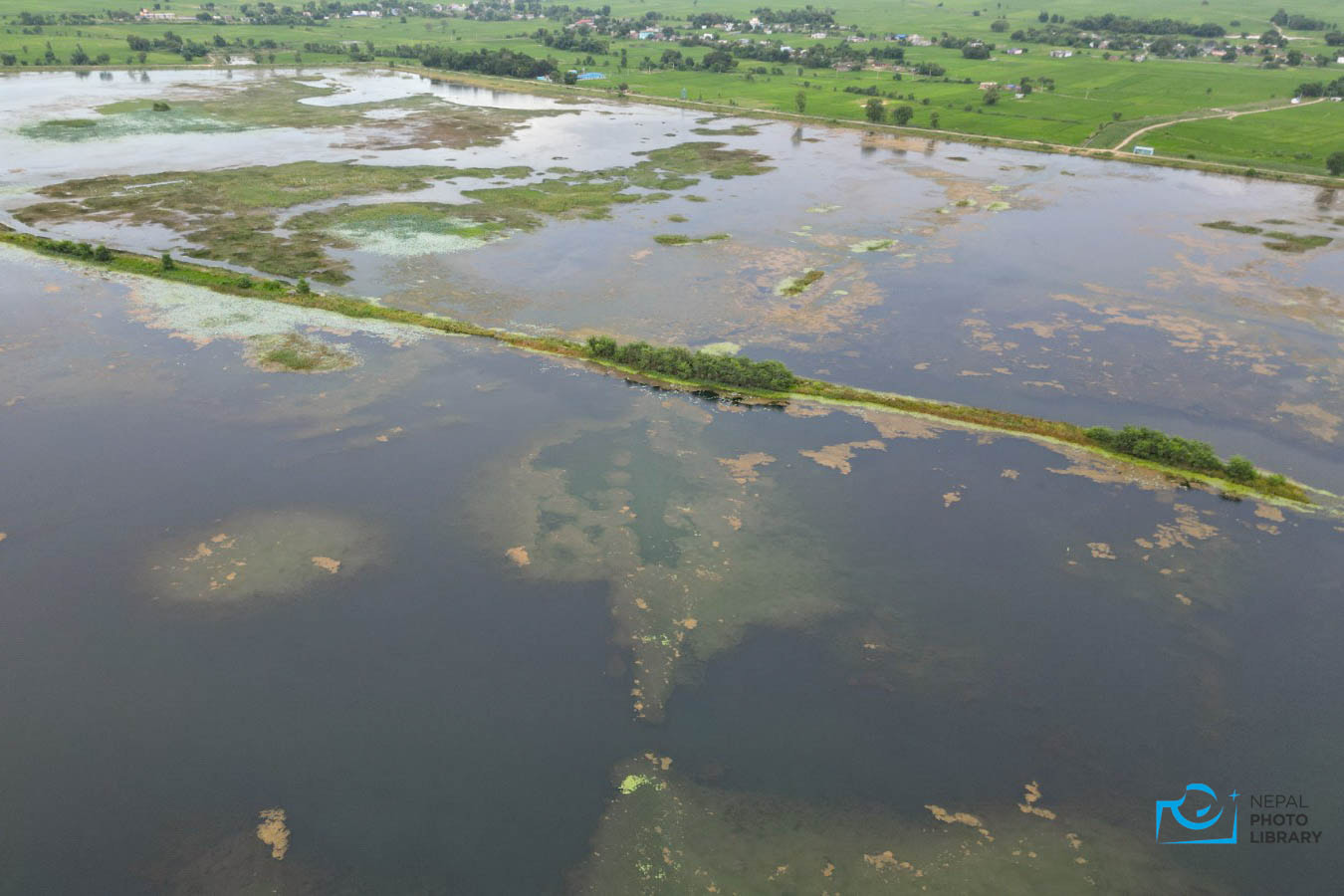
It is possible to walk around the lake and observe the birds.



